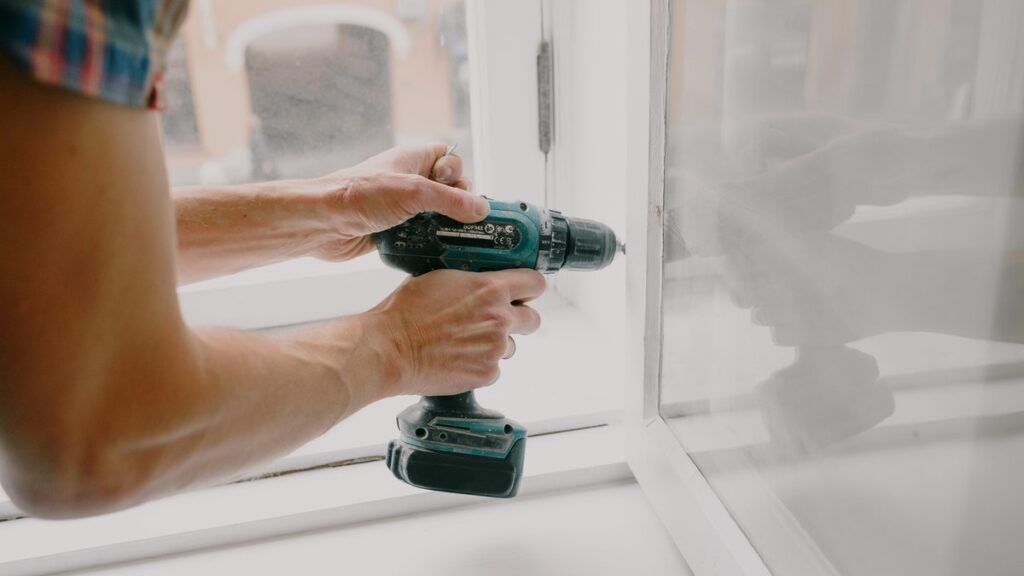A house renovation is a process of updating or changing the look and function of a house. It can be as small as adding a new coat of paint to the exterior, too as big as completely remodeling the inside.
How to Revive a Home by Renovating it From the Ground Up
A home is a place where we spend most of our time. It can be stressful, but it can also be rewarding. A home is a place where you are free to do whatever you please and have the space to create your own sanctuary.
If your home needs some love and care, then there are many ways in which you can revive it from the ground up.
The first step is to assess the state of your home and what needs to be done to revive it.
It may seem like a daunting task, but with some research, planning, and dedication you will soon see the light at the end of the tunnel.
The cost of a house renovation depends on the size of the home, the scope of work, and the location. Some factors that will determine how much it will cost are:
– The number of bathrooms in the home,
– Square footage,
– The type and extent of the home renovations.
Things You Need to Know Before You Start
The process of renovating a house is not an easy one. It takes time and effort, but it can be done.
In this article, I will provide you with 7 steps for renovating your house.
1) Decide on your budget: This is the first step because it will affect the other decisions you make. If you have a very tight budget, then you need to be more creative in order to work around it.
2) Research the area: You need to know what are the trends in that area and what your options are. For example, if there are many old houses on sale, then that’s a sign that people don’t like them anymore and they want something new and modern.
3) Check out some good remodeling blogs, where you can find advice about everything from bathroom design to kitchen remodeling.
4) Research the popular home decor trends. Make sure your new home fits in with what’s trending now.
5) Consider the age of your home, will it still be relevant a few years from now? If not, it may be time for an overhaul.
6) Give your home a fresh coat of paint. . You may also want to update other home features like the kitchen or shower.
7) Consider whether you need a new home in your current location, or if you’re willing to move. Your commute might be an issue, so consider that when deciding on the best home for your needs.

The Process of Renovating a House
Renovating a house is not an easy task. It requires patience and a lot of time, but the end result is worth it.
The first step in the process of renovating a house is to buy it. This can be done through an estate agent or by looking at online listings.
The next step is to have a survey carried out on the property and get any necessary building work done before you move in. This will help you avoid any nasty surprises when you start your renovations as well as save you money that would be wasted on repairs later down the line.
Conclusion: Best Tips for Successful House Renovation
A successful house renovation requires careful planning and execution. There are many things that need to be considered before the actual renovation starts, such as budgeting, zoning, permits and more. In this article, we will talk about some of the most important things that you need to keep in mind before starting your house renovation project.
1) Budget:
The budget is a crucial factor to consider when starting a house renovation project. You will need to plan for everything from materials to labor costs. It’s best if you do some research on how much it would cost for a similar project in your area so you can keep within your budget.
2) Zoning:
Before starting any work on your property, make sure you’re up-to-date with zoning laws and regulations in your municipality. . It’s also a good idea to find out if there are any requirements you need to adhere to. For example, some local governments require that you obtain an electrical permit before starting work on the wiring.
3) Neighborhood:
Ensure the neighborhood is ready for a change so the neighbors can adjust and take part in the project. You will want to meet with them and ensure they will be supportive of the project and its impact on their neighborhood.

